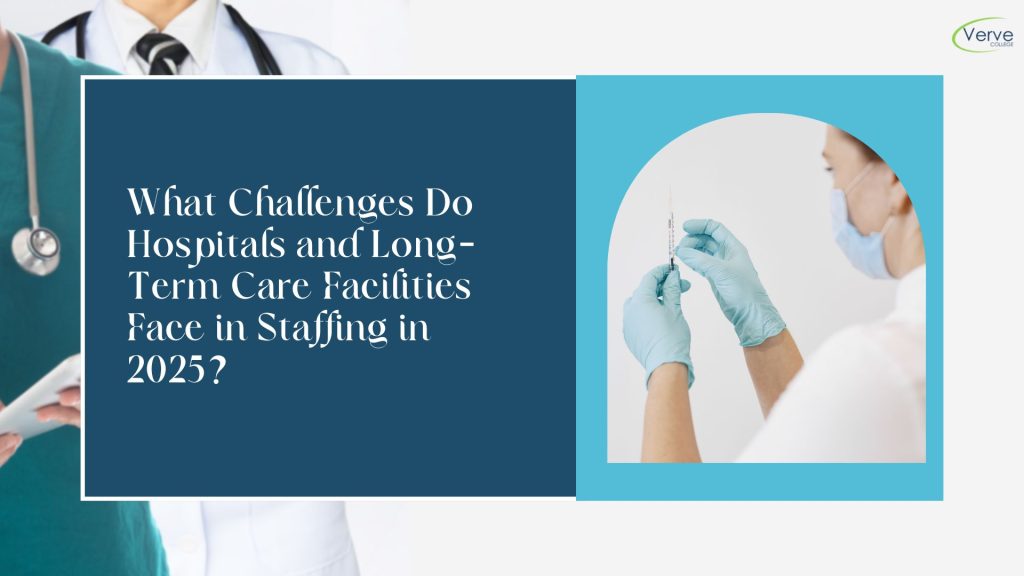- Oak Brook:(630) 705-9999
- Chicago:(312) 920-8822
- Email:inquiry@vervecollege.edu
- Make a Payment
- Home
- Programs
- Admission
- Resources
- ATI Entrance Exam Resources
- New E-Digital Library
- Refer a Friend
- School Newsletter
- Events
- Employers
- Job-Network
- Alpha Beta Kappa Candidates
- Verve College Library
- Graduation and Pinning Ceremony Photo Galleries
- Textbook Information
- Career Services
- Tutoring
- School Catalog
- FAQ
- Constitution Day Program
- Alumni
- Verve College Plans
- Financial Aid
- HEERF Reporting
- Satisfactory Academic Progress
- Apply For Financial Aid
- Net Price Calculator
- Return of Title IV Funds (R2T4)
- Financial Aid Office Code of Conduct
- Contact
- FAQs
- Verification Policy
- Vaccination Policy
- Student Right-to-Know Act
- Misrepresentation
- Information Security Program
- Academic Award Year
- Availability of Employee
- Cost of Attendance
- Health & Safety Exemption Requirement
- Students Rights and Responsibilities
- Leave of Absence
- Pell Formula
- Military Students
- Grants/ Scholarship Policy
- Contact Us
- Testimonials
- Blog
Is a Nursing Career Right For You?
Take The Free Quiz
What Challenges Do Hospitals and Long-Term Care Facilities Face in Staffing in 2025?
What Challenges Do Hospitals and Long-Term Care Facilities Face in Staffing in 2025?
As we near 2025, both hospitals as well as long-term care facilities in the United States continue to confront massive staffing issues. The healthcare industry has been undergoing a lot of stress, and staff shortages are on the rise. The combination of several factors, such as an aging population, the rising demand for healthcare services, and the increasing rate of burnout among healthcare professionals are all contributing to the constant challenges. In 2025 hospitals and long-term healthcare facilities will need to be able to adjust and develop innovative solutions to meet the demands of staffing.
The Situation of Healthcare Staffing in 2025
2025 is anticipated to see the health sector struggling to meet the increasing demand for services. As baby boomers age into retirement and need more medical attention and care, the demand for healthcare professionals will only rise. But the number of healthcare workers, especially nurses as well as caregivers isn’t growing at the same pace. Based on the Bureau of Labor Statistics, the need of registered nurses is predicted to increase by 9% between 2020 and 2030, which is higher than the average for all professions. However, the supply of nurses isn’t enough to meet this demand. Therefore hospitals are turning to new methods, like providing flexible educational programs, such as hybrid practical nursing program to draw more people to join the workforce.
Principal Factors that Influence Staffing Issues in the Healthcare Industry 2025
- Ageing Workforce: The aging population is one of the primary factors that contribute to the shortage of staff. When healthcare workers retire the field is battling to replace them. Particularly the nursing industry, is facing major shortages since older nurses retire and the younger generation is less likely to join the healthcare field due to burnout and stress. To combat this, many are turning to alternatives like an practical nursing program near me close to me to provide the localization of training that will directly impact the workforce in close facilities.
- Stress and mental health Stress: Healthcare workers are put under intense stress, working long hours and stressful conditions. This has caused exhaustion, especially following the COVID-19 epidemic. Healthcare workers are more likely to quit their profession because of the psychological and physical strain of their job. The strain is most noticeable in long-term care and hospital institutions, where the staff-to-patient ratio is very high, leading to fatigue and eventually attrition. Insisting on assistance programs, and the resources available to the employees is essential for their retention.
- Insufficient Training and Education Opportunities: The need for an educated workforce is a further obstacle. Numerous healthcare institutions are struggling to find employees with the appropriate qualifications. To address this practice-based programs that are hybrid are gaining popularity, providing an array of options for those who are interested in nursing careers. With a practical nurse program close to me, a lot of people have the opportunity to get education and hands-on training on their own, filling the gap in the workforce. In addition, courses such as anatomy and physiology training close to me could be an excellent place to begin for those who want to become healthcare professionals. acquire the essential knowledge needed for their profession.
- The demand for specialized care: As healthcare requirements become more specific, hospitals and long-term care establishments require employees with specialized knowledge. The anatomy and physiology course near me can provide valuable information for healthcare professionals. However, these specific abilities aren’t always readily accessible in the labor market, making it a challenge to fill the demand.
- The competition for healthcare Workers: Due to the increased demand for healthcare workers, long-term care facilities and hospitals are competing with one another to fill a void in the staff. This has led to higher salaries, signing bonuses and better benefits as facilities compete to recruit skilled workers. But, competition also creates a burden on resources and budgets.
Read More:-Top 7 Benefits of Remote Patient Monitoring
The Solution to the Staffing Challenges in 2025
- Insuring Education and Training: Education is crucial to combat shortages of staff. In addition, expanding access to hybrid nurse programs, and making it easier for students to enroll in the practical nursing degree near me will help to increase the number of nurses who are qualified and healthcare professionals.
- Adopting Technology: Utilizing technology to streamline administrative duties can help healthcare professionals focus on the patient’s care, eventually increasing satisfaction at work and reducing burnout. Technologies such as electronic health record (EHR) technology and remote medical care have already played an important role in easing the pressure on staff.
- Improved Support for Employees and Well-Being: To decrease burnout and increase retention Hospitals or long-term health facilities should focus on employee wellbeing. By providing mental health resources as well as flexible schedules and competitive compensation could help to attract and keep staff.
Conclusion
As we enter 2025, long-term health facilities will continue to confront significant staffing issues. The demand for healthcare professionals will only increase with the aging of our population and burning out, an absence of training for specialists and the competition for employees will continue to put pressure on health care systems. By making investments in training and education implementing modern technologies as well as concentrating on the health of healthcare professionals, we could try to tackle certain issues facing healthcare workers and boost staffing in these critical sectors. Hybrid programs for practical nursing can be crucial in addressing these issues with staffing while ensuring the healthcare industry has the workers it requires to flourish.
 Sign up
Sign up Login
Login




